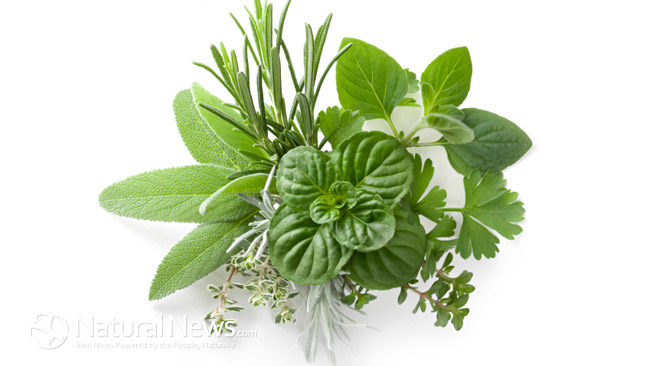There are hundreds of thousands of growing plants and herbs around the world. While some plants are poisonous to eat and irritating to the skin (like poison ivy), a vast amount of herbaceous plants contain antibiotics, volatile oils, are aromatic, or contain properties for healing.
Cultures, like the Chinese, have been using thousands of herbs for centuries. Additionally, other communities, families, and tribes are familiar with hundreds of plants that are capable of healing.
Past and present cultures have shared in their discovery of great plants that contain locked and natural chemicals we can use for home remedies. Learning ways to release these beneficial ingredients within herbaceous plants can be a tremendous health benefit.
Unlock Natural Chemicals in Herbs
Occasionally, an entire plant with its flower, stem, leaf, twig, and bud is used for prevention, treatment, or cures. However, usually only one part of the plant is used at a time.
A plant has natural chemicals locked in various parts of the plant — including the bark, root, leaves, berries, twigs, stem, resin, rhizome, flowers, and seeds.
There are a variety of ways to unlock and release the chemicals within herbal plants. This is essentially true for dried herbs — which can be two to three times as strong as fresh herbs.
The method used for unlocking the natural chemicals in herbs depends on a two primary factors:
- Whether you’re using fresh or dried material
- Whether you plan to use the material immediately or later
Additional factors include:
- Which part of the herb you plan to work with
- Whether you plan to use the material internally or externally
- What treatment or cure effect you want to produce.
Containers and Methods
Herbs added to various materials produce excellent health aids — including deodorants, mouthwashes, healing syrups, insect repellents, lozenges, and more.
The best choices for containing herb plant ingredients are earthenware products, glazed ceramic, or glass. Smoothly glazed, or clean cast iron and stainless steel can be used, as well.
However, avoid using Teflon or aluminum. Sometimes plant ingredients corrode metals. Additionally, do not use iron pots if you are planning to be prepare for an astringent vegetable herbal treatment or cure.
Never use brass or copper pots when preparing herbs.
There are a number of methods to use in preparation. For example, the plant material can be powered or bruised and added to a variety of solvents, such as milk, oil, cold or boiling water, vinegar, fat, wine, or rectified alcohol, like brandy, vodka, or gin.
Herbs can also be roasted — as with chickpeas or dandelions roots.
Wet or bruised herbs can be used for external application. And many can be added in a variety of methods, including water baths for full body, arms, and feet. They can help detoxify the body, soften skin, relieve pain, release tension, and relieve itching.
To make massage aids, ointments, healing creams, and skin softeners, herbs can be absorbed in oils or fats. For body rubs, herbal material can be added to water, vinegar, or alcohol.
Special Precautionary Notice
Herbs are generally used in food, flavoring, perfumes, and medicinal purposes. However, some varieties may cause undesirable side effects in some people. Therefore, it’s important to use them with caution. Consult a physician for serious health disturbances or chronic warning signs.
Try using only one herb at a time. Begin using herbs in small doses — wait and watch for side effects. If there are no side effects, cautiously increase the use or dosage. Continue checking for reactions each time.
Herbal use effectiveness varies in every case, for every person. Additionally, not all people react the same way to the same herb. It’s a good practice to avoid drawing conclusions about herbs based on other people’s usage.












